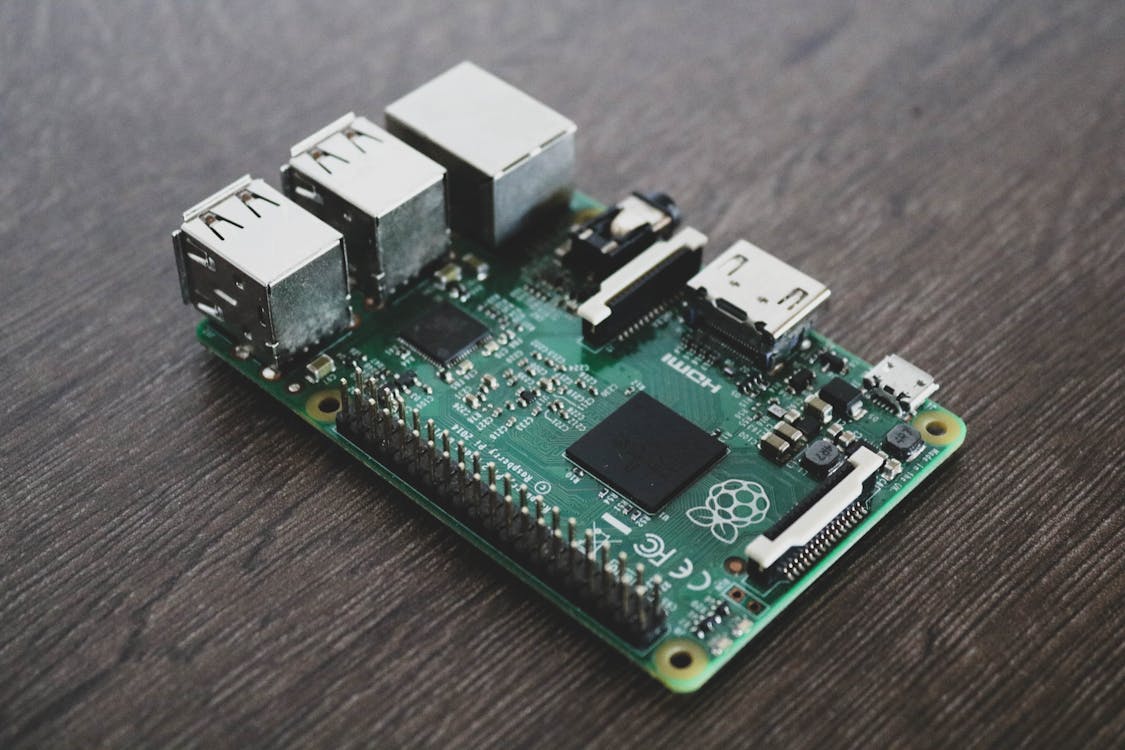The Microprocessor Revolution: Driving Efficiency in Modern Electronics
Tags: Electronics, History MIcroprocessor, Author: Nicholas Jones Date: 1/17/24
In the landscape of modern electronics, microprocessors stand as the beating heart of innovation and efficiency. These tiny yet powerful components have revolutionized the way electronic devices operate, bringing about an era of unprecedented performance and functionality. This article delves into the world of microprocessors and their pivotal role in enhancing the efficiency of various electronic systems.
The Advent of the Microprocessor
The story of the microprocessor began in the early 1970s, marking a paradigm shift in electronic design. Prior to their invention, electronic circuits were made with a series of individual components, which was cumbersome and limited in capability. The microprocessor changed all that by integrating these functions onto a single chip, leading to more compact, versatile, and powerful electronic devices.
The first commercially available microprocessor, the Intel 4004, was introduced in 1971. It laid the foundation for the complex processors we see today in computers, smartphones, and countless other devices. The evolution of microprocessors over the decades has been characterized by increasing power, shrinking size, and declining cost, adhering to Moore’s Law which predicts the doubling of transistors on a chip every two years.
Enhancing Computational Power and Efficiency
One of the primary advantages of microprocessors is their ability to perform complex computations rapidly and efficiently. In computers, microprocessors serve as the central processing unit (CPU), handling a multitude of tasks from basic arithmetic to complex algorithms. This computational power is fundamental in applications ranging from simple data processing to advanced artificial intelligence and machine learning tasks.
In consumer electronics like smartphones and tablets, microprocessors have enabled these devices to become more than just communication tools. They are now capable of processing high-definition video, running sophisticated games, and managing a range of applications simultaneously, all while optimizing battery life.
Miniaturization and Mobile Technology
The miniaturization of microprocessors has been a driving force in the advancement of mobile technology. As microprocessors have become smaller, they have allowed for the design of sleeker, lighter, and more portable devices without compromising on performance. This miniaturization has been crucial in the proliferation of wearable technology, such as smartwatches and fitness trackers, which require compact yet powerful processors to function effectively.

Energy Efficiency and Green Computing
As electronic devices become increasingly integrated into our daily lives, energy efficiency has become a critical concern. Microprocessors have been at the forefront of green computing initiatives, with new generations being designed to provide more computational power while consuming less energy. This efficiency is achieved through advancements in semiconductor materials, chip architecture, and power management techniques.
Energy-efficient microprocessors not only extend the battery life of portable devices but also reduce the environmental impact of larger systems like data centers, which consume a significant amount of electricity.
The Role in Embedded Systems and IoT
Microprocessors play a crucial role in embedded systems, which are integral to the functioning of a wide range of devices from household appliances to industrial machinery. In these applications, microprocessors control specific functions, ensuring reliable and efficient operation.
With the advent of the Internet of Things (IoT), microprocessors have become even more important. They enable everyday objects to communicate and interact with each other over the internet, transforming them into ‘smart’ devices. This connectivity has opened up new possibilities in home automation, healthcare monitoring, and industrial automation, among others.
Advancing Automotive Technology
In the automotive industry, microprocessors have revolutionized vehicle design and functionality. Modern vehicles are equipped with multiple microprocessors that control everything from engine management and braking systems to infotainment and navigation. These processors not only enhance the vehicle’s performance and efficiency but also play a crucial role in safety systems like airbag deployment and electronic stability control.
The Future of Microprocessors
Looking ahead, the future of microprocessors is poised for further exciting developments. We are witnessing the emergence of quantum microprocessors, which promise exponential growth in computing power. Additionally, there is a growing focus on developing processors that can mimic neural networks, paving the way for more advanced artificial intelligence applications.
Challenges and Considerations
Despite their numerous advantages, the development and implementation of microprocessors come with challenges. As devices become more interconnected, security concerns, particularly in relation to IoT devices, become more prominent. Additionally, as microprocessors continue to shrink in size, the physical limitations of semiconductor materials present new challenges for designers and engineers.
Conclusion
Microprocessors have transformed the electronics industry, bringing about a new era of efficiency, functionality, and innovation. Their ability to process complex computations rapidly, coupled with their energy efficiency and versatility, makes them indispensable in modern electronics. As technology continues to advance, microprocessors will remain at the forefront, driving the development of smarter, more efficient, and more interconnected devices. The ongoing evolution of microprocessor technology is not just reshaping electronics; it is reshaping the very fabric of modern society, influencing everything from how we communicate and work to how we entertain ourselves and manage our homes.
